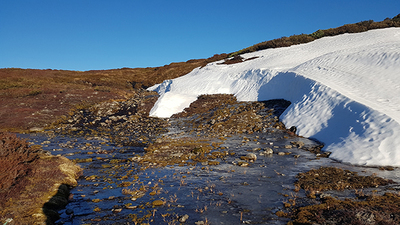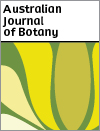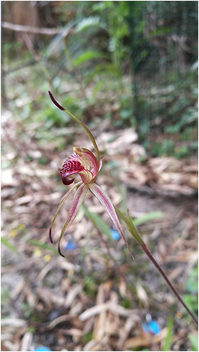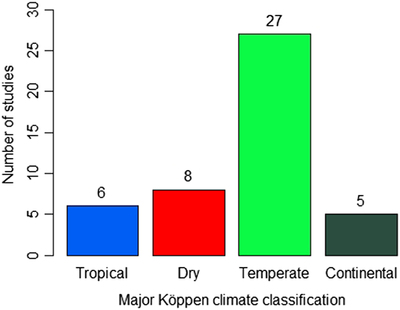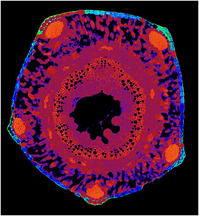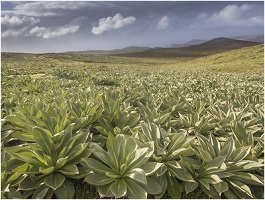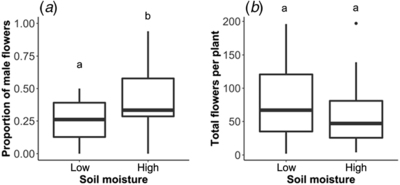Australian Journal of Botany
Volume 70
Number 4 2022
An investigation into the ecology of gravelly pavement herbfields in north-eastern Victoria was undertaken to determine where these communities occur within the landscape and what their floristic composition is. We found that these communities are geographically restricted, groundwater-dependant systems composed of many rare and threatened plant species.
Maximising seed germination and seedling development is critical for conservation of endangered plants around the world. We investigated the effects of warm stratification and diurnal temperatures, based on in situ conditions, on the germination and development of an endangered orchid. We found that increased temperature decreased germination but increased fungal growth, whereas warm stratification significantly improved germination. This is a significant step towards conservation of this species and similar methods could be used for other orchids that fruit before summer.
Dioecious plants occupy a diversity of habitat and climate types because of unique adaptations in pollination, sex ratio and seed dispersal characteristics that enable successful reproduction in varying climates. Therefore, it is essential to study dioecious plants in multiple climate types to enable effective conservation. Australian research of dioecious plants shows distinct patterns of study-site selection nearer to capital cities, resulting in arid species being under researched and a potential target for future research.
Synchrotron XRF-CT 3D reconstruction of Compton scatter, with Ni signal (green shading) superimposed of a frozen-hydrated Stackhousia tryonii stem. Note that the Kapton capillary tube that encloses the stem has been digitally removed here.
The herbaceous vegetation of Macquarie Island varies depending on the combination of megaherbs and grasses that are prominent at a site. Many key plant species are widespread but only locally dominant, so we mapped the core range of nine species to predict the spatial distribution of vegetation types. Modelling the core range of key species using readily collected field data from point locations adds insights to the distribution of species and vegetation beyond traditional presence or absence models of species distribution. Image credit: N. B. Fitzgerald.
Breynia oblongifolia (Phyllanthaceae) were grown under high and low soil moisture conditions for 8 weeks. The number of male and female flowers on each plant was counted every 2 weeks. Plants grown under low soil moisture conditions had a greater proportion of male flowers. Plant size, either height or dry biomass, had no effect on the proportion of male flowers.
